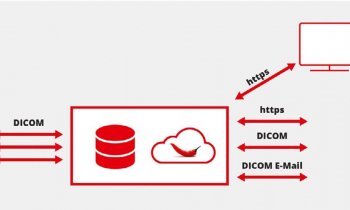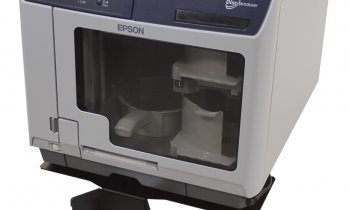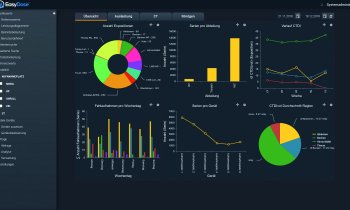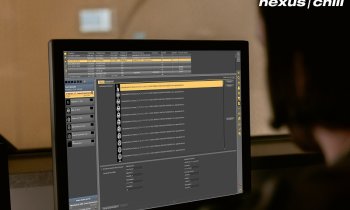MIR 2011
It was not the sunshine of the Cote d’Azur in September that lured radiologists to picturesque Nice. Far more enticing was the stimulating programme offered by the Annual Scientific Meeting of Management in Radiology (MIR), which, for the first time, also included a Junior Radiologists Course.
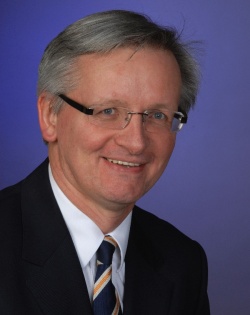
In discussion with Daniela Zimmermann (EH), Professor Peter Mildenberger, President of MIR and Associate Professor of Radiology at the Clinic and Policlinic for Diagnostic and Interventional Radiology at the University Hospital Mainz, Germany, outlined the management, hospital and IT challenges faced by radiologists today – and tomorrow.
Professor Mildenberger was palpably delighted – attendance numbers were high, presentations excellent, and session discussions exciting throughout the event. ‘Reporting standards were a particularly hot issue in Nice,’ he pointed out. ‘It’s increasingly acknowledged that successful diagnostics requires structured reports. Radiologists must precisely understand the clinical issues the referring physicians want answered and in their assessments and recommendations they have to address these issues in order to create clinical value for the referring physicians. Since this is obviously a weakness, we still see in radiology certain questions were widely debated -- How should the report be structured? How should the communication process function? What does the referring physician expect from the radiologist? How can the findings be integrated into IT? In the USA, a standardised report template has been developed and, in Europe, the European Society of Radiology (ESR) issued a position paper on the quality of reports.’
The ‘Controversies in Ultrasound’ session was quite explosive. Asked who should be performing ultrasound examinations, he pointed to the different approaches in different countries. ‘It’s very clear in southern Europe: the radiologist performs ultrasound exams. In the UK, due to a shortage of radiologists, 80-90% of exams are not performed by radiologists but by radiographers, specifically trained technicians who also do the reporting but can ask radiologists for support. We set up the session as a debate – pro UK and contra Italy. The issue, I’m sure, will continue to be with us at the next MIR, when Professor Dr Lorenzo Derchi, Chairman of the Radiology Department at the University of Genoa Hospital, and one of the ultrasound specialists at ESR, will be the official event organiser.’
On the subject of radiology data management in the future, the professor believes hospitals will still have different information systems: those that primarily manage text-based data, such as RIS, and those managing image data – PACS. ‘There is an increasing demand for communication either between internal departments or between different hospitals and doctors’ offices. We need new ideas on how to meet this demand safely and efficiently. At the congress, Dr Neelam Dugar, Consultant Radiologist a the Doncaster Royal Infirmary in the UK, clearly said that the Royal College of Radiologists' Imaging Informatics Group will be moving towards IHE XDS. IHE – Integrating the Healthcare Enterprise – is dealing inter alia with the standardisation of IT infrastructures. XDS – Cross-Enterprise Document Sharing – is a core profile with different subsystems. XDS shows how a PACS can be integrated intelligently into the case record, the electronic patient record or personal health record. Many countries have already adopted this IHE structure and thus it makes sense for the UK also to do so.
‘Germany, as so often, is doing its own thing. Since the IHE standard is not really accepted there, people are looking for their own solutions. In the absence of generally accepted structures, in 2003 the German Röntgen Society launched and standardised DICOM E-Mail to enable safe, encrypted and authenticated communication with the referring physicians via the internet. Data can be transferred via any e-mail administration programme.
‘Our hospital in Mainz is linked to 14 other hospitals and doctor’s offices using this protocol. The technology and service provider Visus goes even further and, with Fraunhofer Institut, offers a regional network service that basically works like a telephone directory. In Germany, this approach, which was presented at MIR, may be a useful option for the time being, because the general infrastructure is not developing quickly towards XDS.’
Radiologists in molecular imaging research
‘In one of the sessions Professor Luis Marti-Bonmati, Head of the Radiology Department at Hospital Quirón in Valencia, Spain, showed that there is molecular imaging beyond PET. MR is looking for innovative options or opto-acoustic imaging trying to work with tracers. This is a very young research area with lots of potential. Limiting molecular imaging to nuclear medicine and PET does not do justice to this field.’
MIR 2012
Prof. Mildenberger believes that some hot issues in 2011 – such as reporting – will continue to be aired next year. ‘Others will be new on the agenda or resurface, such as radiation exposure and examination management, error registries, leadership training and coaching of radiologists.’
MIR 2012 details: www.mir-online.org
20.10.2011





